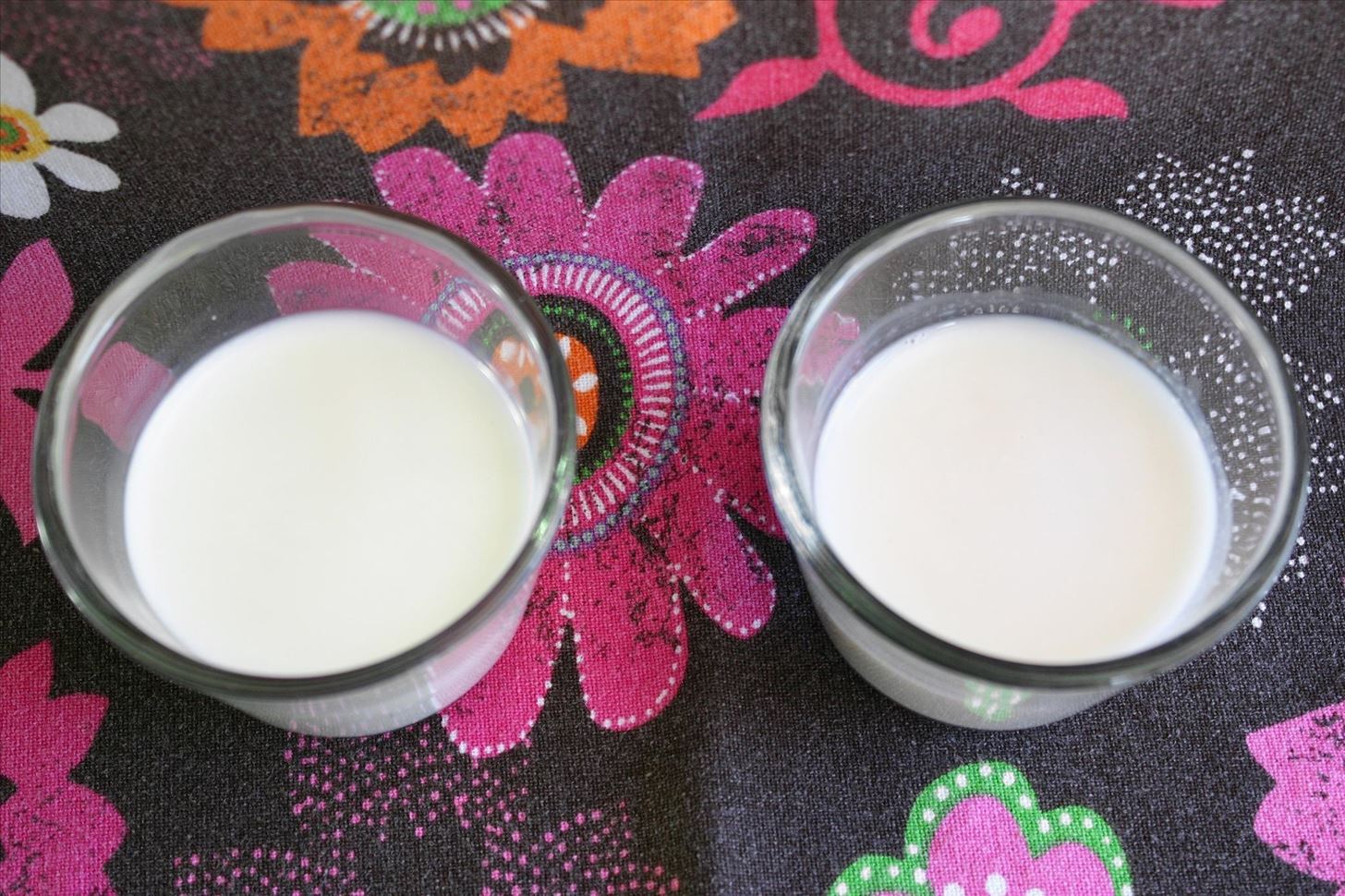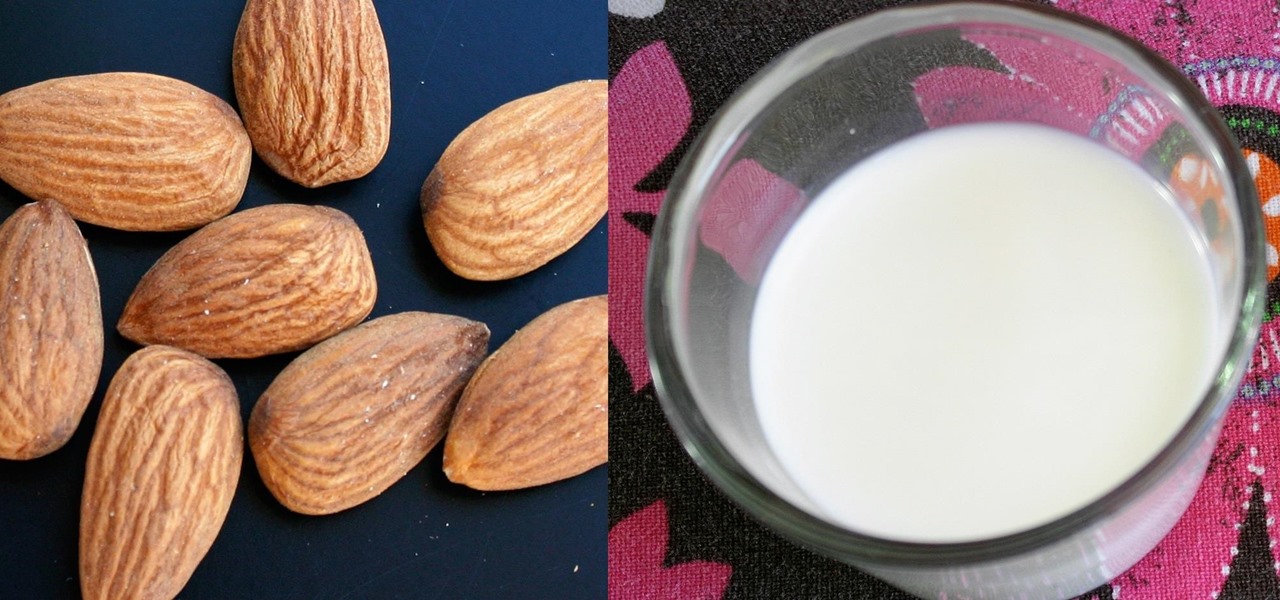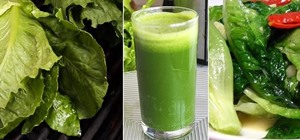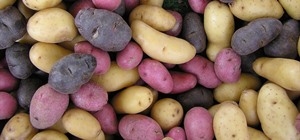While Kobe beef cows get massaged, American dairy cows are taking a real beating. Many people are cutting back on dairy while a growing number of people are discovering that they're lactose intolerant. As the public's disdain of cow's milk grows, milk sales themselves are at a forty-year low.
Plant-based "milks" are happily stepping in to fill that vacuum and leading the charge is almond milk. Many makers of commercial almond milk claim to harness the nutrition of the the almond, nature's almost-perfect food, in their product. Richly packed with protein, vitamins, minerals, and fiber, the almond is a great snack in and of itself, so it would make sense that making them into "milk" would retain their nutrition.
However, a lot of possibly unhealthy things are added in that process that do little for you but increase your cost. And given the latest controversial findings about almond farming and its environmental impact, you'll wonder if the hype about almond milk isn't just slick marketing.

Almond Milk Is Barely Thicker Than Water
The almond itself is a great thing. It's not actually a nut, but the seed of the fruit on the almond tree and it's considered a superfood for its pure concentrated burst of protein. Each almond contains one-fifth of a gram of protein. One ounce of almonds (about 23 kernels) has 6 grams of protein, which makes it great for anyone working out or needing a snack to tide them over until their next meal.
Almonds are also great for your cardiovascular system. So it would seem that you can't possibly do any better than keeping the already near-perfect almond raw in its natural form.

Almond milk is simply ground-up almonds and added water. The name "almond milk" evokes some sort of pastoral natural feeling that wouldn't be as effective as "water strained through almond pulp." The exact ratio of almonds to water is a secret (never a good thing when it comes to what you put in your body) and presumably varies from brand to brand.
Most companies, however, add sweeteners in addition to carrageenans (a thickening agent made from seaweed that can cause stomach issues) and synthetic vitamin A palmitate, a controversial and possibly toxic additive.
To be fair, some of these additives are also found in commercial cow's milk, but if it's nutrition you're after with no side effects, you're better off just eating plain almonds.
The Problem with Almond Farming
Though the almond is great, how it's farmed isn't. Most almonds come from California, a state that provides 82% of the world's almonds. (Interestingly, almonds were originally brought over by Franciscan monks from Spain.)

California is in the middle of a historic drought, the worst in 1,200 years. Last year, Mother Jones came up with a shocking statistic that almost defies belief. One almond, according to them, requires 1.1 gallons of water to grow. How can such a crop be sustainable when there's no water for it? Simple: you take water from somewhere else and divert it to almond crops.
NPR has found that water at almond farms, which are enjoying tremendous growth due to high almond milk demand, are taking water from rivers where wild salmon normally flourish. In the rush to satiate our almond frenzy, we may be doing serious environmental harm and that's before we water almonds down even further to make almond milk!
If You Have to Drink Almond Milk, Make Your Own Instead
One could possibly justify drinking almond milk if the health benefits were as great as almond milk makers claim, but a quick look at many of the labels of your typical supermarket almond milk shows seven grams of sugar versus one gram of protein per eight ounce glass. That's one gram of protein. You can get more protein by eating six almonds. And when you consider that each 64 oz. container of almond milk costs upwards of $5 while raw almonds can be bought in bulk for about $8 a pound, that's a lot of money to pay for a lot less nutrition.


You're better off making your own almond drink, where you can control the ratio of almonds to water. Feel free to use any household blender to make your almond drink. To save yourself some work, use blanched almonds, which will be easier to strain, rather than whole almonds that still have their skins. Best of all, you can use your leftover almond pulp for all sorts of useful things, from almond flour to face scrubs.
It may not entirely help the great state of California out of its drought, but at least you're offsetting the carbon footprint by not purchasing these items that your almond pulp is now producing.
Just updated your iPhone? You'll find new emoji, enhanced security, podcast transcripts, Apple Cash virtual numbers, and other useful features. There are even new additions hidden within Safari. Find out what's new and changed on your iPhone with the iOS 17.4 update.























Be the First to Comment
Share Your Thoughts